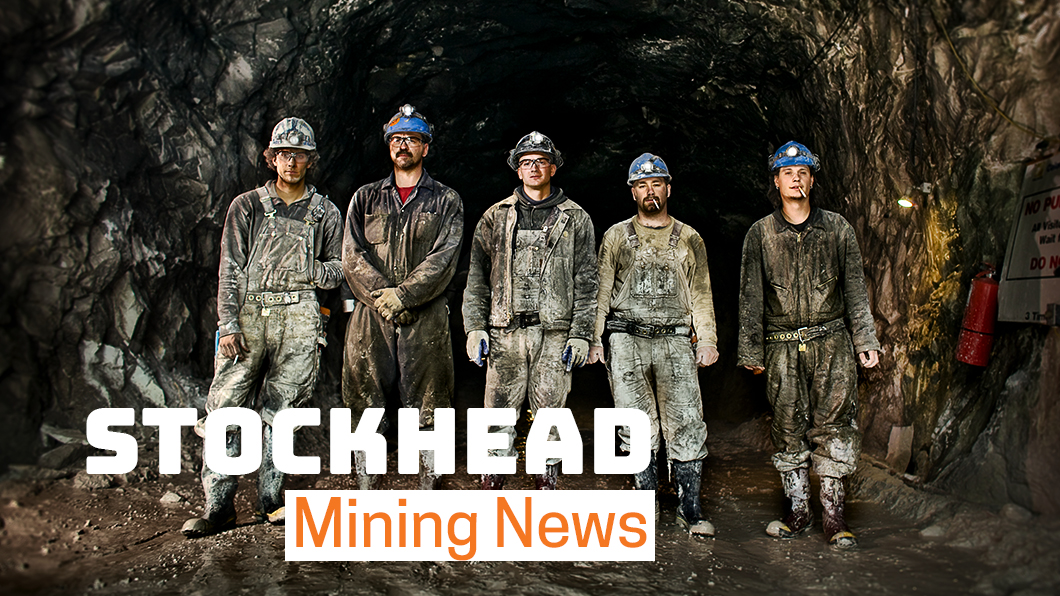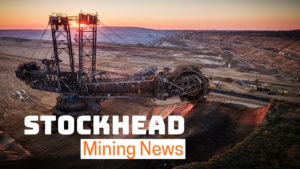Expert tips: 6 things investors should look for in small cap mining stocks

Pic: Tyler Stableford / Stone via Getty Images
Jon Dugdale knows what good mining investment opportunities look like.
During 20 years as a geologist he was involved in a number of discoveries including a 1 million ounce gold mine in Victoria. He also has corporate experience in Australia and Asia as an analyst and mining investment manager.
Mr Dugdale now heads up Peninsula Mines (ASX:PSM) which is looking to develop its flagship Gapyeong flake graphite project in South Korea.
We asked him to outline the key factors new investors in the small cap mining space should look for when separating winners from losers.
1. The deposit
For an average gold orebody anything over 6 grams per tonne would be high grade, as a rule of thumb.
A high-grade nickel orebody would be plus 3 per cent per tonne, and a high-grade copper orebody – worth half as much as nickel – would be high grade at 6 per cent per tonne.
And a high-grade zinc orebody would be plus 12 per cent per tonne.
What investors want to look out for is whether the company claiming to have made a discovery has drilled enough holes into [an orebody] at the right spacing.
You want to have multiple drill holes intersecting the orebody – you don’t want to have to rely on one, because that could mean anything.
It could just mean a little patch of mineralisation that doesn’t go anywhere.
2. Does the company have a plan to make money?
Is this company looking to be a mining company or is this company mining the stock market?
You need to look at whether a company is fair dinkum and has a plan. This is crucial, even though it’s not always talked about.
For example, at our Gapyeong flake graphite project we have firstly defined an exploration target with reasonable confidence.
Secondly, we have already produced a 95 per cent graphite product that companies want to buy, which currently goes for about $800 per tonne.
And thirdly, we plan to process the graphite into spherical graphite, because we can sell that product for around $3000 to $4000 a tonne.
We have connected the size, shape and grade of the deposit to the metallurgy and the end-product, which means an investor can say ‘Ok, these guys haven’t just got an interesting deposit; they also have a plan around how to commercialise it’.
3. A strong management team
The track record of a company’s management team is particularly important.
Mark Bennett had a number of notable discoveries on his track record prior to uncovering the world-class Nova-Bollinger nickel deposit.
Dacian Gold’s Rohan Williams also has a history of discovering and commercialising gold deposits.
Knowing how to discover things is good but knowing how to take it to the next level is a very important management skill. A discovery is only really a discovery when it can be put into production.
4. Political risk: could a government change the rules?
Political risk is something that should be considered by investors and something that must be communicated by companies.
The key is to look at how often a government changes the rules.
The Philippines and Mongolia are examples of countries that are very prospective for minerals, but where corruption and the instability of the mining laws are negative factors.
5. Location, location, location: the art of nearology
Exploring brownfields [previously explored or mined] environments close to a major discovery can be a bit like an Easter egg hunt – it reduces your dependence on luck.
You are using successful orebody discoveries that have occurred before and you are looking for repetitions of that pattern.
At Western Mining we found these [major] discoveries in the first couple of drill holes, because we had already narrowed it down using the historic targeting to that point.
6. How does the company manage its money?
When you’re looking at a company’s cash position, you want to look at what a company is trying to do next with that money.
If what they are trying to do is high risk, then you can bet on them coming back to the market for more money in six months — possibly without having achieved their objectives.
If the company already has an exploration target, and the money they have is specifically going into drilling that resource, then the chances of success are much higher.
UNLOCK INSIGHTS
Discover the untold stories of emerging ASX stocks.
Daily news and expert analysis, it's free to subscribe.
By proceeding, you confirm you understand that we handle personal information in accordance with our Privacy Policy.








